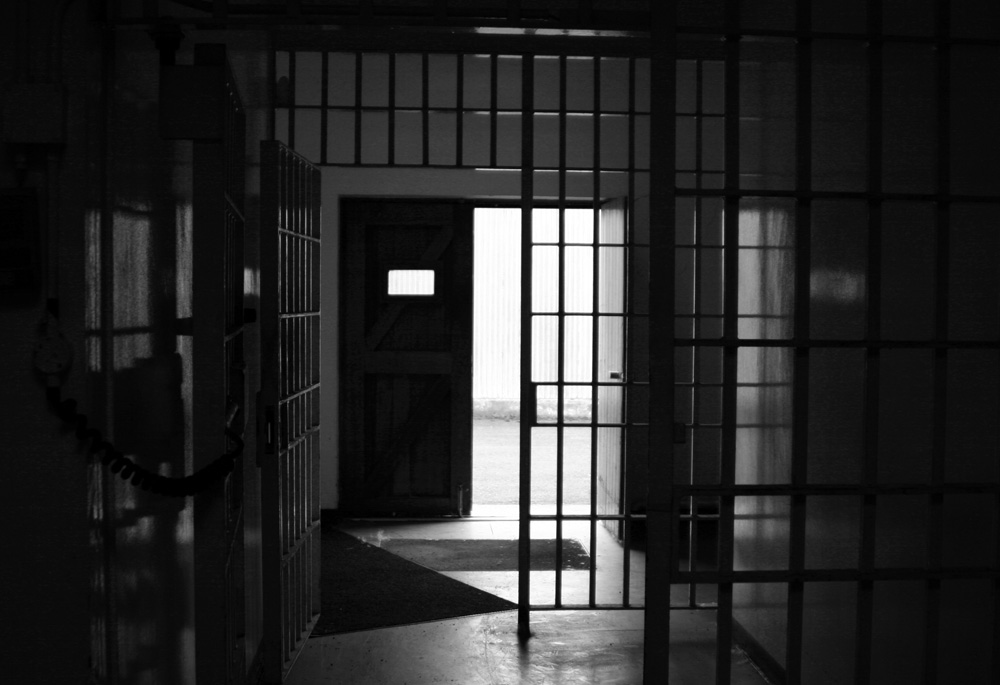Attention has finally fallen on the crisis of safety in British prisons. It shouldn’t be a surprise to anyone. Some argue that prison has always inherently been, and remains, a place of degradation which is systematically generating suffering and death. A place where the victims are overwhelmingly prisoners – a fact that might be obscured by the loud voices of the Prison Officers’ Association.
On the other hand, there is something peculiar in this present crisis. It feels like a perfect storm of rising prisoner numbers, cuts in staffing, widespread demoralisation among prisoners and staff, all combining to deliver evidence of a record year for killing and self-inflicted deaths.
In this context, but specifically following the news of the fatal stabbing of Jamal Mahmoud at HMP Pentonville in November 2016, Emily Thornberry, the local MP, called for an investigation into whether an appropriate “duty of care” had been extended to the deceased during his time at the jail. Indeed, one commentator noted that Mahmoud’s death had come “as little surprise given the substantial rise in violence at the troubled local prison over recent years”, violence which had been documented in “report after report”.
Caught in the Act
Such a call seems appropriate and timely. In 2011, the Corporate Manslaughter and Corporate Homicide Act 2007 (CMCHAct) was extended to the prison service, so that a prison itself, through the actions or inactions of its senior management, can be held to account for deaths within its walls.
A prosecution under the Act requires a failure in the way in which the organisation is managed or organised which amounts to a gross breach of its duty of care. This in turn requires evidence that the failure fell “far below what can reasonably be expected”. That may include consideration of the “attitudes, policies, and systems of accepted practices” of the organisation, while a substantial element of the failure must be at senior management level.
Now there is no doubt that the Act was introduced ostensibly and primarily to deal with the failure of common law manslaughter to hold large, complex, profit-making companies to account for multiple fatality disasters. In this respect, it has hardly been a success. Thus, at the time of writing, over eight years after the CMCHAct came into force, there have been 19 successful prosecutions under the Act – none, arguably, against a company of the size and complexity that could not have been prosecuted under the pre-existing common law.
But is there a case for testing the Act in the context of deaths in prison? I would argue that there is, on at least two counts.
Sharp practice? Alex G./Flickr, CC BY-NC-ND
Danger zone
First, prisons are especially dangerous places. According to HSE data released last month, fatal injuries (as opposed to fatal illnesses) to workers in 2015/16 totalled 144. Almost a third of these (43) occurred in construction, with the other most dangerous sectors being agriculture and manufacturing (each with 27 recorded fatalities). Notwithstanding the significant limitations of HSE data, such figures pale into comparison when compared with the numbers of killings and self-inflicted deaths in British jails.
In 2011, the year the Act was extended to cover prisons, there were 190 deaths in prison; this year, there have been over 300. All in all, since 2011, there has been a consistent, year-on-year increase in the numbers of such deaths, which total nearly 1,400 for the period. It seems almost inconceivable that none of these 1,400 deaths involved at least sufficient evidence for a prosecution to be taken under the CMCHAct.
Second, we know, and have long known, that it is precisely “attitudes, policies, and systems of accepted practices” which generate deaths and violence in prison. Just as we also know that some institutions are more poorly managed than others.
It is, sadly, also too easy to identify clusters of deaths in specific jails. For example, there have been 17 self-inflicted deaths at HMP Woodhill near Milton Keynes since 2013 – the latest on August 25.
Bleak outcomes. sean hobson/Flickr, CC BY
Ignored recommendations
More generally, a constant stream of inquest findings, inspectorate, investigation and monitoring reports, and inquiries into prisons from Baroness Corston to Lord Harris, reveal consistent failings and are able to produce rigorous, evidence-based recommendations to protect the health and safety of prisoners and staff in British jails.
The vast majority of these have been systematically ignored. But the fact remains that this volume of evidence would strongly indicate that in the case of many deaths in prison, management was likely aware of risks to which they failed to respond, a key element of the senior management failure test under the law.
Many deaths in prison are the result of gross breaches in the duty of care through attitudes, policies and practices woven into the fabric of the prison service. The time is overdue for the CMCHAct to be tested there. This is not to imply that effective reform of prisons can come through the law. In fact, the best way to reduce prison violence is through an explicit policy decision to make prison the last resort of sentencing policy in an effort to massively reduce the prison population. It now stands at a near-record level of 85,000, and England and Wales have the highest imprisonment rate in Western Europe.
However, a successful prosecution under the Act would provide a powerful, symbolic message that the routine, systematic deaths of those to whom the state and the prison service has a duty of care cannot continue without legal accountability.
 Steve Tombs is a trustee of INQUEST
Steve Tombs is a trustee of INQUEST
This article was originally published on The Conversation. Read the original article.



 Britain has almost 1 million young people not in work or education – here’s what evidence shows can change that
Britain has almost 1 million young people not in work or education – here’s what evidence shows can change that  Can your cat recognise you by scent? New study shows it’s likely
Can your cat recognise you by scent? New study shows it’s likely  US Charges Two Men in Alleged Nvidia Chip Smuggling Scheme to China
US Charges Two Men in Alleged Nvidia Chip Smuggling Scheme to China  Tunisia Protests Grow as Opposition Unites Against President Kais Saied’s Rule
Tunisia Protests Grow as Opposition Unites Against President Kais Saied’s Rule  ETH Bulls Smash Trendline – $4,000 Next as Whale Squeeze Tightens
ETH Bulls Smash Trendline – $4,000 Next as Whale Squeeze Tightens  Robinhood Expands Sports Event Contracts With Player Performance Wagers
Robinhood Expands Sports Event Contracts With Player Performance Wagers  Jimmy Lai Convicted Under Hong Kong National Security Law in Landmark Case
Jimmy Lai Convicted Under Hong Kong National Security Law in Landmark Case  Parents abused by their children often suffer in silence – specialist therapy is helping them find a voice
Parents abused by their children often suffer in silence – specialist therapy is helping them find a voice  What’s the difference between baking powder and baking soda? It’s subtle, but significant
What’s the difference between baking powder and baking soda? It’s subtle, but significant  Debate over H-1B visas shines spotlight on US tech worker shortages
Debate over H-1B visas shines spotlight on US tech worker shortages  Asian Fund Managers Turn More Optimistic on Growth but Curb Equity Return Expectations: BofA Survey
Asian Fund Managers Turn More Optimistic on Growth but Curb Equity Return Expectations: BofA Survey  DOJ Sues Loudoun County School Board Over Transgender Locker Room Policy
DOJ Sues Loudoun County School Board Over Transgender Locker Room Policy  Columbia Student Mahmoud Khalil Fights Arrest as Deportation Case Moves to New Jersey
Columbia Student Mahmoud Khalil Fights Arrest as Deportation Case Moves to New Jersey 
































